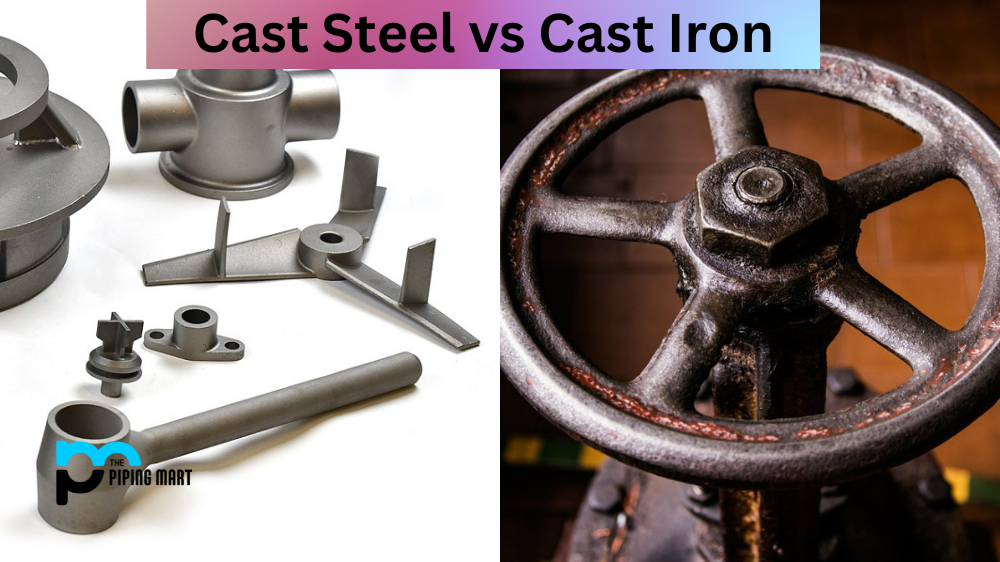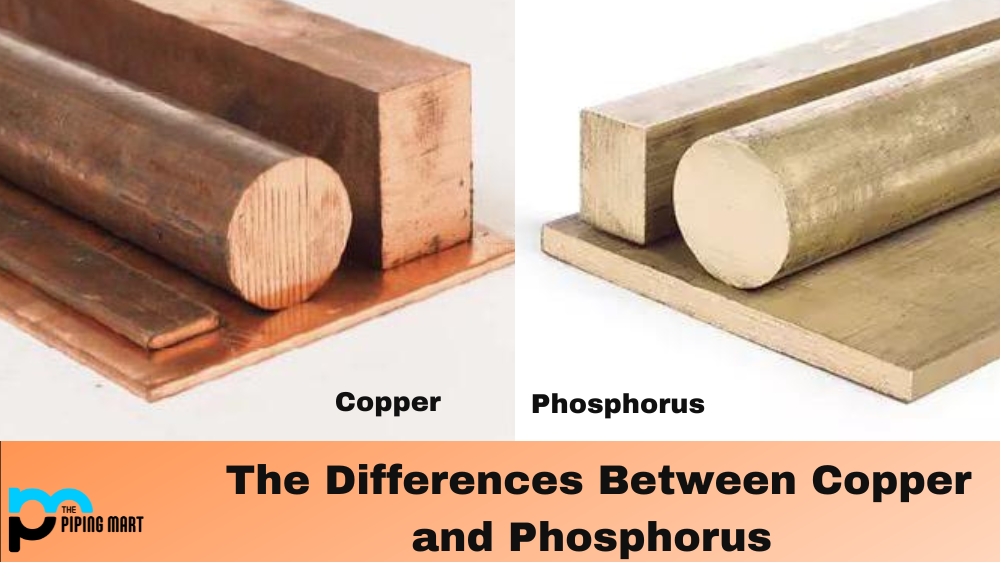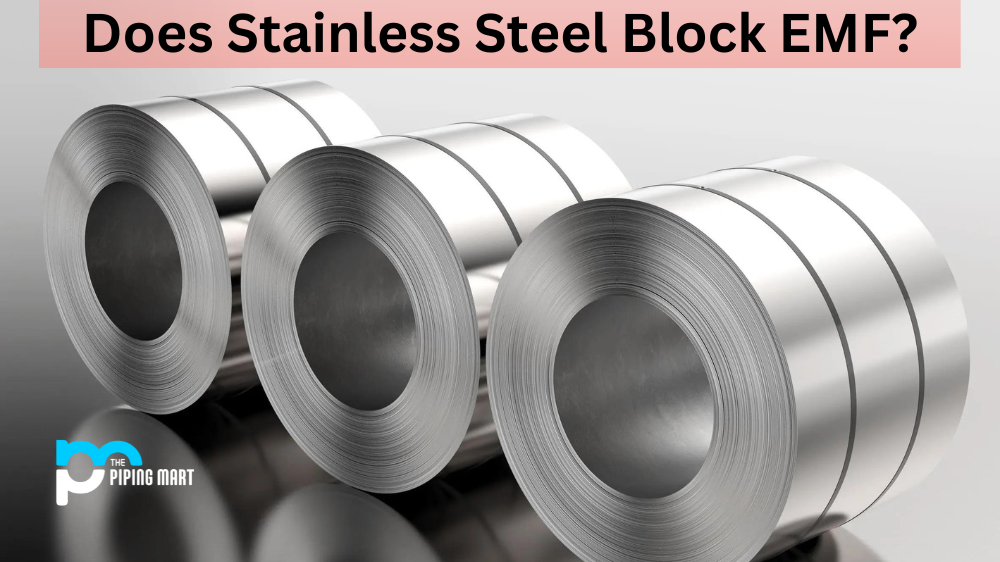When it comes to steel alloys, there are a variety of options available for industrial use. Two of the more popular stainless steel alloys used in various industries are Alloy 825 and Alloy 625. Both offer unique properties that make them suitable for different uses. In this blog post, we will compare the two alloys and explore their different uses.
Alloy 825
Alloy 825 is a nickel-iron-chromium alloy with high levels of corrosion resistance, particularly in high-temperature environments. It also has excellent weldability and formability compared to other alloys, making it an ideal choice for components that require frequent welding or forming. This alloy is commonly used in chemical plant equipment such as heat exchangers and valves due to its superior corrosion resistance against acids.
Alloy 625
Alloy 625 is a nickel-chromium alloy with high levels of strength and corrosion resistance at both low and high temperatures. It is especially well suited for use in highly corrosive environments such as those found in oil refineries or nuclear power plants, where it can withstand exposure to chlorine, sulfuric acid, hydrochloric acid, and other corrosive materials without corroding or degrading over time. The alloy’s strength also makes it suitable for use in pressure vessels, nuclear reactors, valves, pumps, shafts, and other components that need to be strong enough to withstand pressure or vibration.
Difference between Alloy 825 and Alloy 625
Composition
Alloy 825 is an austenitic nickel-iron-chromium alloy with additions of molybdenum, copper, and titanium. Alloy 625 is an austenitic nickel-chromium-molybdenum alloy with an addition of niobium.
Tensile Strength
The minimum ultimate tensile strength of Alloy 825 is 60 ksi (413 MPa), while the minimum ultimate tensile strength of Alloy 625 is 70 ksi (483 MPa).
Yield Strength
The minimum yield strength of Alloy 825 is 30 ksi (207 MPa), while the minimum yield strength of Alloy 625 is 40 ksi (276 MPa).
Elongation
The minimum elongation of Alloy 825 is 35%, while the minimum elongation of Alloy 625 is 30%.
Applications
Alloy 825 is typically used in chemical processing, oil and gas, pollution control, power generation, and other industrial applications. Alloy 625 is typically used in aerospace and chemical processing applications.
Conclusion:
Both Alloy 825 and Alloy 625 are versatile stainless steel alloys with unique properties that make them suitable for different uses. While Alloy 825 is ideal for components requiring frequent welding or forming due to its excellent weldability and formability, Alloy 625 is better suited for applications in highly corrosive environments due to its superior corrosion resistance at both low and high temperatures. Ultimately, which alloy you choose will depend on your specific application requirements. If you need help determining which alloy is best for your needs, reach out to Metric Marketing today! We specialize in helping businesses find the right alloy solutions for their projects.

Abhishek is a seasoned blogger and industry expert, sharing his insights and knowledge on various topics. With his research, Abhishek offers valuable insights and tips for professionals and enthusiasts. Follow him for expert advice on the latest trends and developments in the metal industry.




